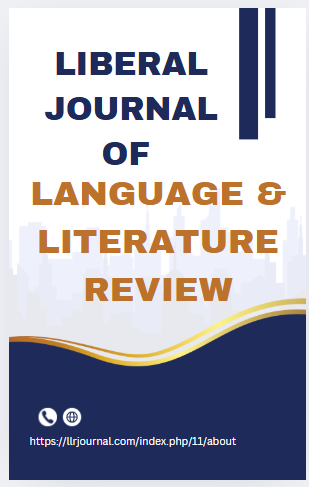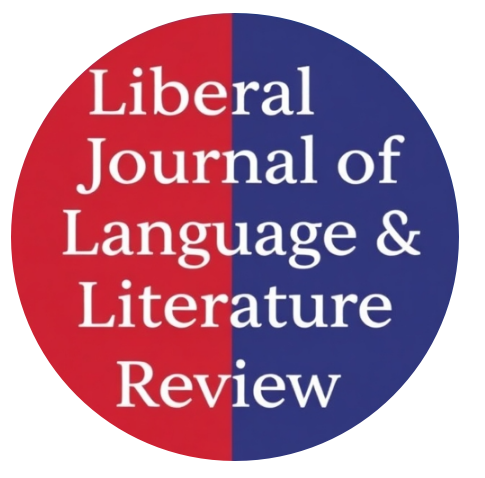Transitivity Analysis of Ernest Hemingway's Novella, The Old Man and the Sea, Using Systemic Functional Grammar
Abstract
This paper conducts a qualitative study on the transitivity processes in Hemingway’s The Old Man and the Sea, utilizing the Systemic Functional grammar framework proposed by Halliday (1978). Through purposive sampling, excerpts of the novella were chosen to represent diverse sets of processes, namely material, mental, behavioral, relational, verbal, and existential. The study seeks to describe the linguistic choices made and their systematic contribution to character arcs, theme, and plot in the novella. The findings highlight that the transitivity processes employed by Hemingway shape not only the psychological and emotional dimensions of the characters specifically, Santiago and the boy but also the key themes of the novella, which includes endurance, isolation, and the connection of humans to nature. The analysis shows that material and mental processes are critical in depicting the internal and external conflicts of the characters, while relational and existential processes define their identities and associations. This study stresses the relevance of transitivity analysis in literary scholarship, particularly the relationship between language and meaning in narrative fiction.
Keywords: Transitivity, Systemic-Functional Linguistics, Hemingway, The Old Man and the Sea




